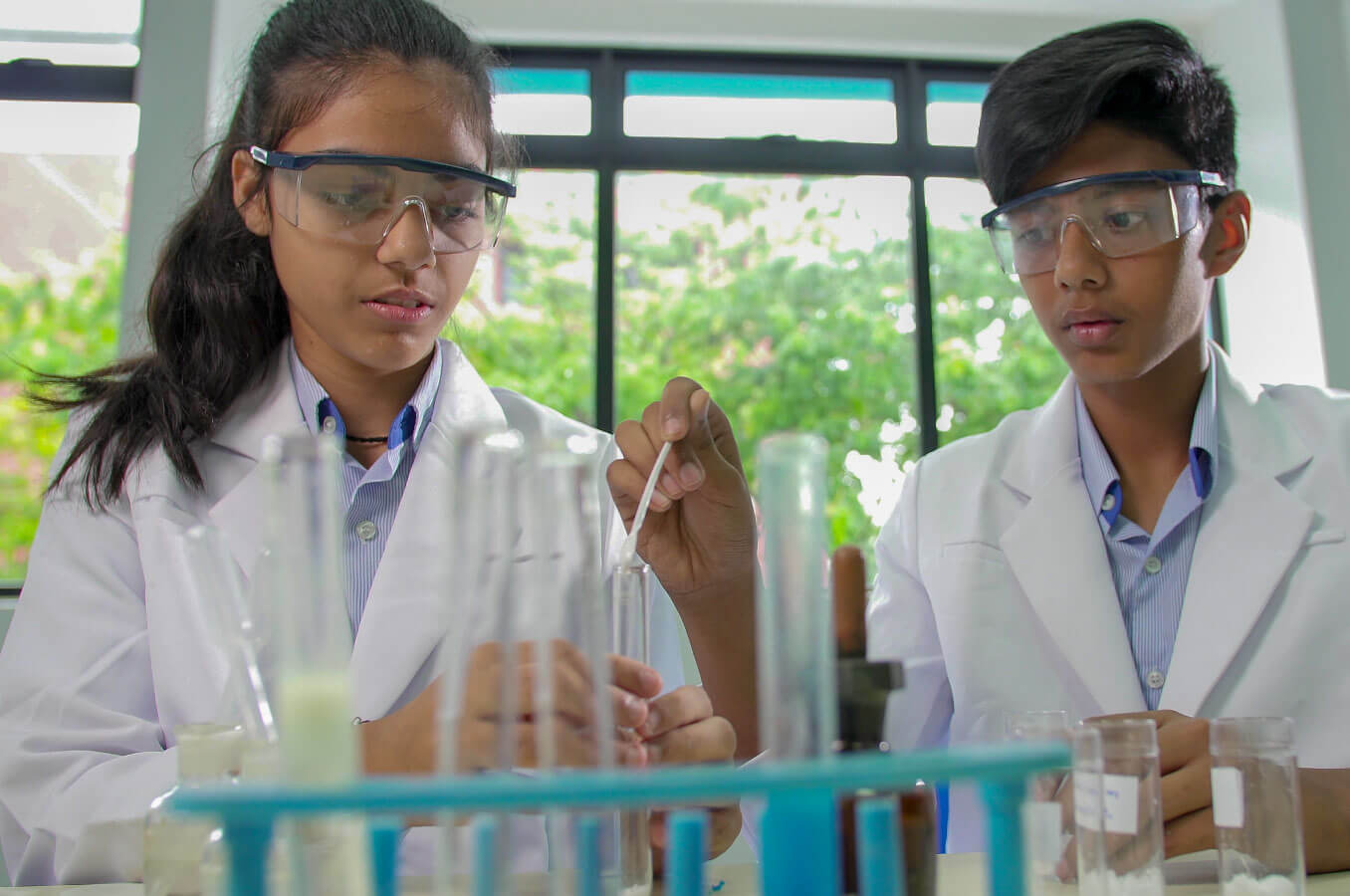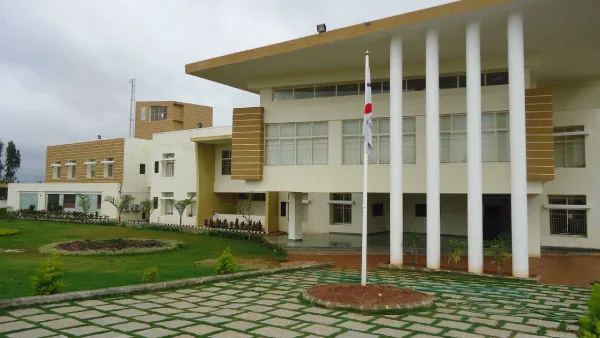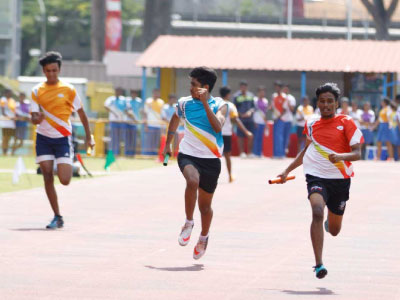Download our FREE Academic Calendar now! 📚 Start your child’s journey to success.
Introduction
Global Indian International School (GIIS) Noida stands out as a leading institution committed to holistic education, encompassing academic excellence, cultural enrichment, and physical development.
One of the key pillars of a well-rounded education at GIIS Noida is the inclusion of physical education in the secondary school curriculum. This blog explores the importance of physical education for secondary school
students and its role in shaping well-rounded individuals.
Overview of Physical Education Significance in Secondary Schools
Physical education (PE) is not merely about sports and games; it is an essential component of the educationa journey that strengthens physical, mental, and social development. In the best secondary schools, where academic pressure intensifies and students undergo significant physiological changes, PE provides a vital outlet for energy and stress relief. It promotes a healthy lifestyle, instills lifelong fitness habits, and contributes to the overall development of students.
1. Developing Character and Instilling Discipline
Physical educationplays a crucial role in developing character and instilling discipline among secondary school students. Through regular participation in sports and physical activities, students learn the values of perseverance, resilience, and teamwork.
They experience the highs and lows of competition, which teaches them how to handle success with humility and failure with grace. The structured nature of PE classes, with their set routines and rules, helps students develop a sense of discipline that translates into other areas of their lives, including their academic pursuits.
This structured environment encourages students to follow guidelines, respect authority, and adhere to schedules, which are valuable skills that extend beyond the gym or field.
2. Promoting the Growth and Development of Physical Fitness
The physical growth and development of adolescents are at their peak during secondary school years. Engaging in physical education helps students build and maintain physical fitness, which is crucial for their overall health.
Regular physical activity strengthens muscles and bones, improves cardiovascular health, and enhances flexibility and coordination. These benefits are not only vital for immediate well-being but also lay the foundation for a healthy lifestyle in adulthood.
If you are looking for senior secondary schools in Noida, consider that the school provides a structured environment where students can explore different sports and activities, helping them find their interests and passions in the realm of physical fitness. This exploration can lead to lifelong hobbies or even professional athletic careers.
3. Enhanced Concentration and Academic Performance
Academic achievement and physical activity are highly correlated. Research indicates that students who participate in regular physical education tend to have better concentration, improved memory, and enhanced cognitive function.
Physical activity increases blood flow to the brain, which helps improve neural activity and promotes better learning outcomes. Additionally, PE classes provide a break from the academic routine, allowing students to recharge and return to their studies with renewed focus and energy.
This balance between physical activity and academic work is essential for maintaining mental health and optimizing academic performance. Studies have shown that physically active students are more likely to perform better in exams and classroom activities.
4. Development of Time Management Skills
Participation in physical education also aids in the development of essential life skills, such as time management. Balancing academic responsibilities with physical activities requires students to plan their schedules effectively.
They learn to prioritize tasks, set goals, and manage their time efficiently to accommodate both their studies and physical exercise. These time management skills are invaluable, not only during their school years but also in their future professional and personal lives.
Students who engage in regular physical activity are often better at managing their time and are more disciplined in completing their tasks, which can lead to improved academic and personal outcomes.
5. Teamwork, Life Skills, and Social Skills
Physical education builds teamwork and social interaction, helping students develop critical life skills. Team sports and group activities require students to collaborate, communicate, and work towards common goals.
They learn the importance of cooperation, mutual respect, and empathy, which are essential skills for building strong interpersonal relationships. PE classes provide a platform for students to interact with peers from diverse backgrounds, promoting inclusivity and cultural understanding.
These social interactions contribute to the development of well-rounded individuals who are equipped to navigate the complexities of the modern world.

Conclusion
At Global Indian International School (GIIS) Noida, the emphasis on physical education in the secondary school curriculum reflects the institution’s commitment to holistic development.
By integrating physical education into the academic framework, GIIS Noida ensures that students receive a balanced education that nurtures their physical, mental, and social well-being.
Through physical education, GIIS Noida not only promotes the health and fitness of its students but also equips them with the skills and values necessary to thrive in all aspects of their lives.




































